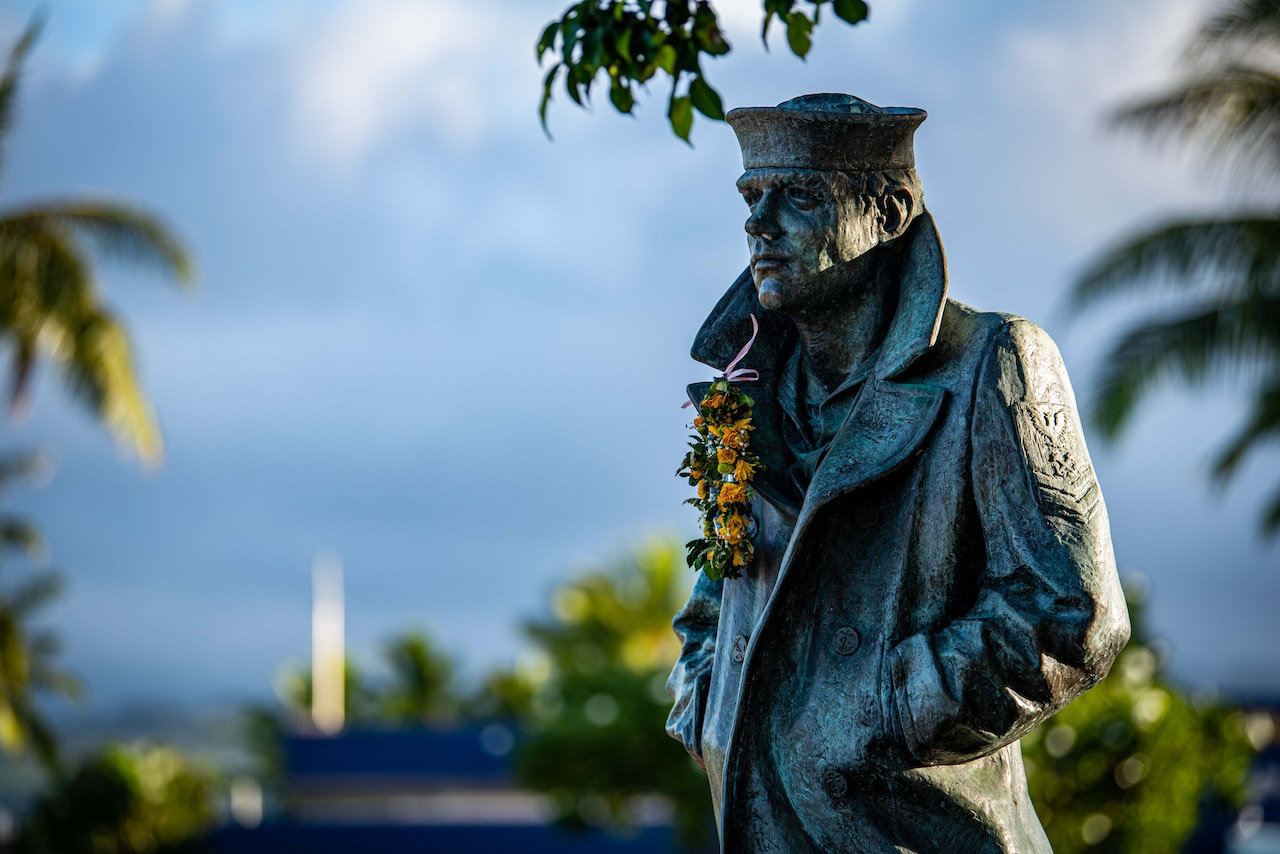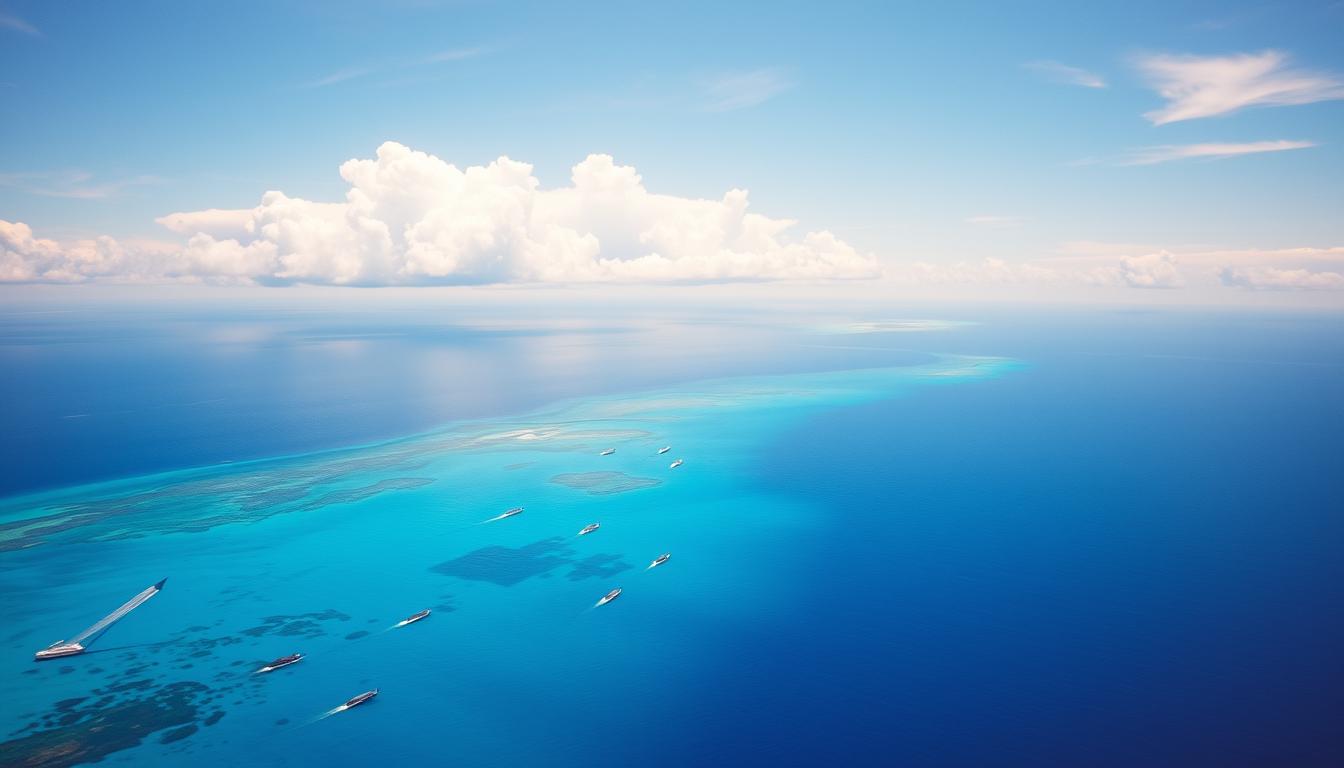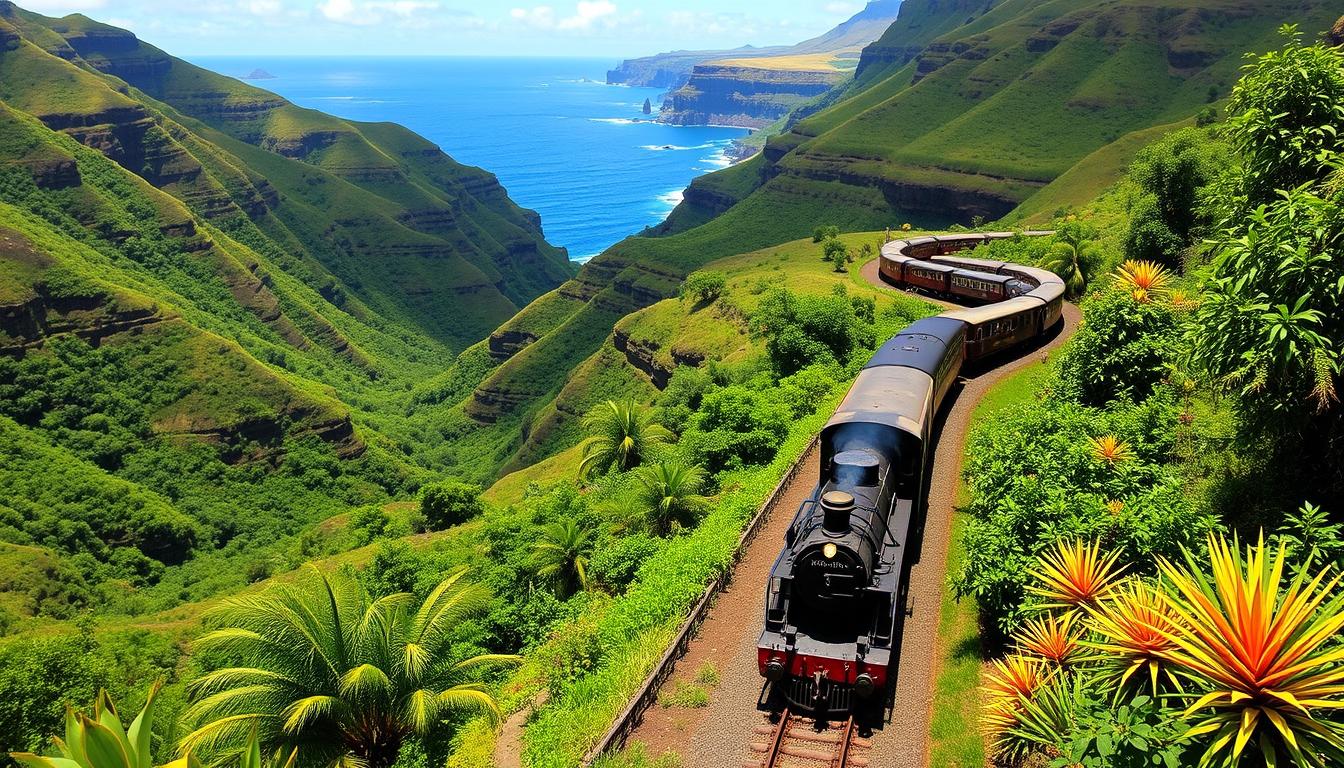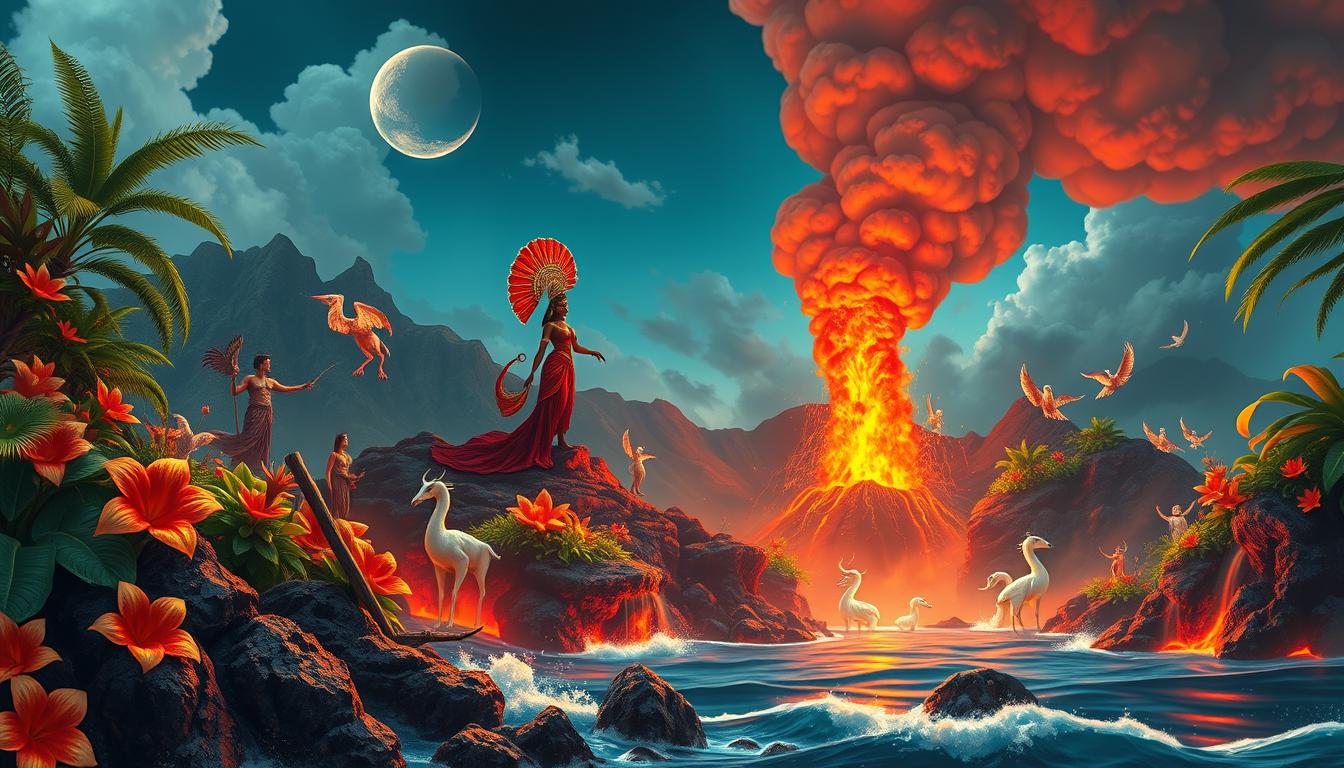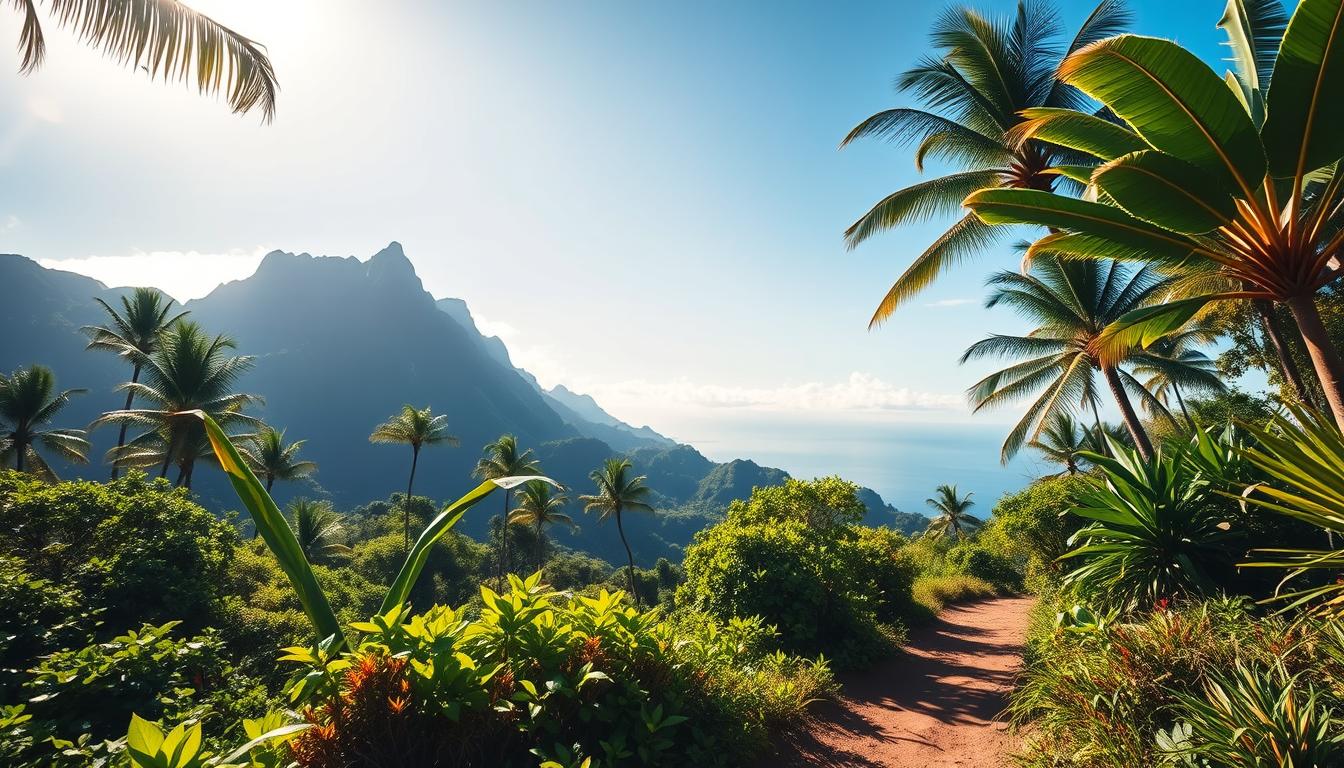The Hawaiian archipelago, a paradise in the Pacific, is renowned not just for its golden beaches and turquoise waters but also for its rich tapestry of natural wonders and cultural heritage. The national parks of Hawaii are gateways to this mesmerizing world, offering glimpses of active volcanoes, lush rainforests, ancient temples, and more. Dive into this comprehensive guide to explore the iconic Hawaiian national parks and discover the stories they hold.
In This Guide
Haleakala National Park: The House of the Sun
Perched on the island of Maui, Haleakala National Park is a realm of ethereal beauty. Dominated by its namesake, the Haleakala volcano, which soars over 10,000 feet above sea level, the park is a mosaic of diverse landscapes. “Haleakala” translates to “house of the sun” in Hawaiian, and true to its name, the park offers some of the most breathtaking sunrises and sunsets on the planet.
But the allure of Haleakala extends beyond its celestial displays. The park is a haven for trekkers, with trails meandering through surreal volcanic landscapes, verdant rainforests, and arid deserts. Along the way, you might encounter native Hawaiian flora and fauna, some of which are found nowhere else on Earth.
The volcano itself, one of the world’s largest dormant volcanoes, is a testament to nature’s raw power. Its last eruption may have been centuries ago, but the landscapes it forged continue to captivate visitors. Whether you’re embarking on a guided tour or adventuring solo, the otherworldly terrains of Haleakala promise an unforgettable experience.
Hawaii Volcanoes National Park: A Land of Fire and Legends
On the Big Island of Hawaii lies a park that’s alive and constantly changing – the Hawaii Volcanoes National Park. Home to two of the world’s most active volcanoes, Kilauea and Mauna Loa, this park is a hotspot (literally) for those eager to witness the planet’s primordial forces at work. Kilauea, in particular, often puts on dramatic displays of eruptions and lava flows, reshaping the land in real-time.
But there’s more to this park than its fiery spectacles. It’s a place steeped in legends and cultural significance. The Pu’uhonua o Honaunau National Historical Park, for instance, was once a sanctuary for those who broke the ancient Hawaiian laws. Today, it stands as a testament to the island’s rich history and traditions.
The diverse ecosystems within the park boundaries are equally fascinating. From the endangered Hawaiian goose to the elusive Hawaiian bat, the park is a refuge for several unique species. The Kilauea Visitor Center offers insights into the park’s ecological wonders and the ongoing conservation efforts to preserve them.
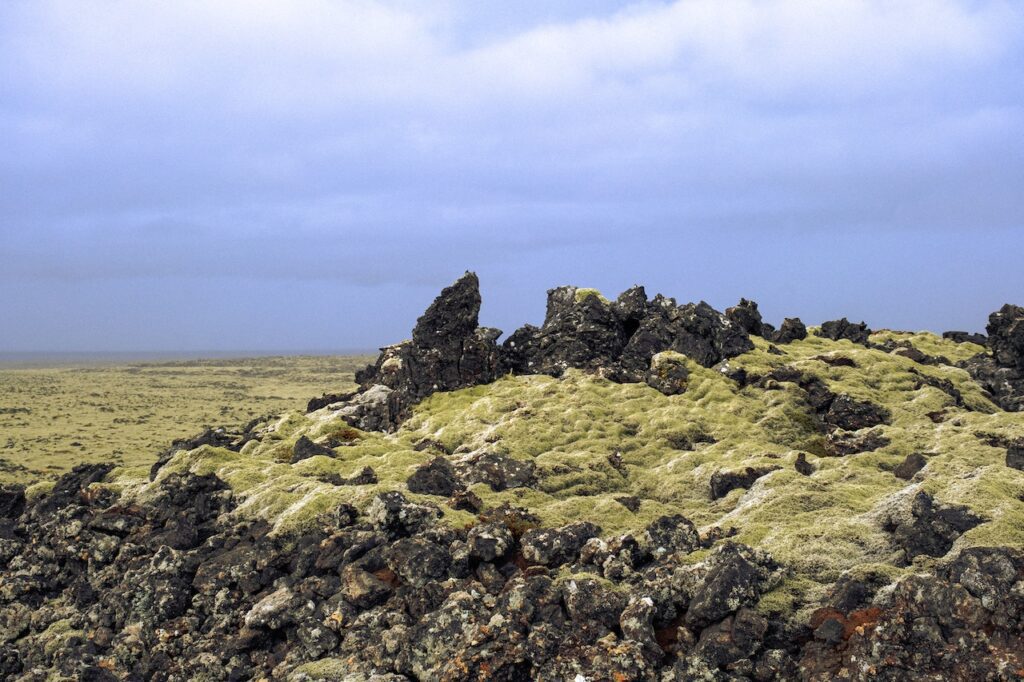
Pu’uhonua o Honaunau National Historical Park: A Sacred Sanctuary
On the sun-kissed Kona Coast of the Big Island lies the Pu’uhonua o Honaunau National Historical Park, a place that resonates with spiritual energy. In ancient times, this was a pu’uhonua, or a place of refuge, where those who violated the kapu (sacred laws) could find sanctuary and a second chance.
Today, the park stands as a window into Hawaii’s past, with its meticulously preserved temples, royal grounds, and other sacred structures. As you wander through the park, you can almost hear the whispers of ancient chants and rituals that once echoed here. Beyond its historical treasures, the park is also a hotspot for marine life, making it a favorite among snorkelers.
Kaloko-Honokohau National Historical Park: Echoes of Ancient Life
Nestled on the Kona Coast, the Kaloko-Honokohau National Historical Park is a testament to the ingenuity of ancient Hawaiians. Once a thriving fishing village, the park is dotted with archaeological wonders, from intricate fishponds to mysterious petroglyphs and sacred heiaus (temples).
Trails crisscross the park, guiding visitors through coastal lava fields and offering panoramic ocean vistas. Along the way, you might spot native wildlife, including the regal Hawaiian hawk or the elusive Hawaiian bat. The Kaloko-Honokohau Visitor Center provides a deeper dive into the park’s history and the ancient Hawaiian way of life.
Pu’ukohola Heiau National Historic Site: A Temple of Unity
Overlooking the azure waters of the Kohala Coast, the Pu’ukohola Heiau National Historic Site stands as a symbol of unity. Built by King Kamehameha I in the 18th century, this grand temple played a pivotal role in the unification of the Hawaiian Islands. Today, it offers visitors a chance to step back in time and immerse themselves in ancient rituals and ceremonies.
The site is not just about the past; it’s a living cultural center where traditions are kept alive. From hula performances to craft workshops, there’s always something happening here that celebrates the rich tapestry of Hawaiian culture.
Kalaupapa National Historical Park: A Tale of Resilience
On the rugged shores of Molokai lies the Kalaupapa National Historical Park, a place that bears witness to human resilience. Established in the 19th century, Kalaupapa was a quarantine settlement for individuals with leprosy. Today, it stands as a tribute to the strength and spirit of its residents, who built a tight-knit community in the face of adversity.
Guided tours offer insights into the daily lives of Kalaupapa’s residents and the challenges they overcame. The park’s dramatic cliffs and serene beaches add to its poignant beauty, making it a place of reflection and inspiration.
Conclusion: Hawaii’s National Parks – A Journey Through Time and Nature
The national parks of Hawaii are more than just protected landscapes; they are storytellers, narrating tales of volcanic fury, ancient rituals, and human endurance. Each park, with its unique charm, offers a journey through time, revealing the layers of Hawaii’s natural and cultural heritage.
So, as you plan your Hawaiian adventure, make sure to include these national treasures in your itinerary. Whether you’re scaling volcanic craters, tracing ancient petroglyphs, or simply soaking in the serene beauty, Hawaii’s national parks promise memories that will last a lifetime. Grab your hiking boots, pack your spirit of adventure, and set forth on a journey like no other.
Pro Tip: Always check the official websites of the national parks before visiting for any alerts, guidelines, or scheduled events. This ensures a safe and enriching experience.

Scott Sweeney is the creator of Virtual Hawaii 360. Scott is a professional marketer and a lifelong Hawaii enthusiast. Scott splits time between Oahu and Dayton, Ohio. In addition to his marketing endevours, he is also a published Ukulele musician.

